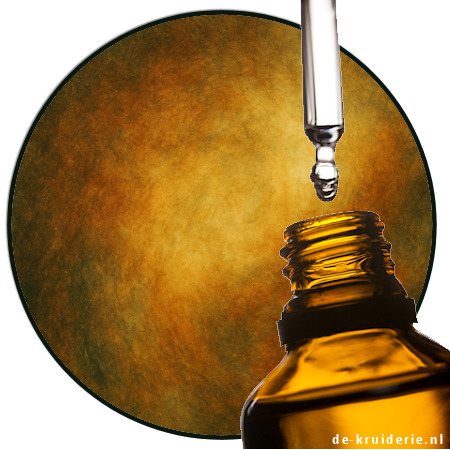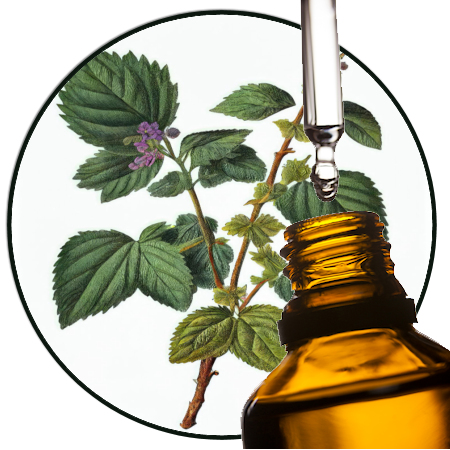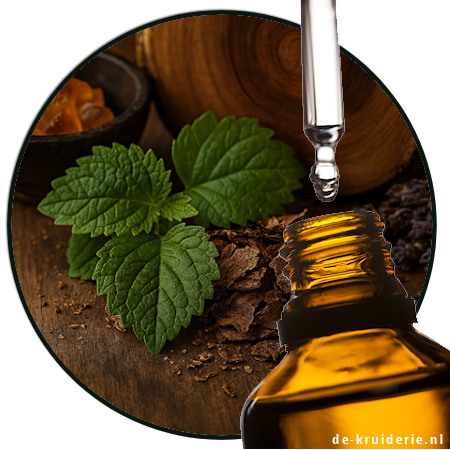

Patchouli Light (EO)
Botanical name Pogostemon cablin
Origin Indonesia
CASnr: 8014-86-0
Scent: Earthy-mossy with fresh, bright top-middle accents; less sultry than dark variants, faster opening and accessible
Fragrance type: natural, warm-earthy, slightly spicy
Fragrance Group: Woody
Use Base anchor and wood accent in perfumes; suitable for modern woody, fougère and eau de parfum compositions; can also be used in aromatherapy and cosmetic formulations.
Recommended dosage (parfmerie): Eau de Cologne / Eau de Toilette: 0.5-3% of total formula, Parfum Extrait: 5-10% depending on desired patchouli dominance Start with low percentages and adjust after aging; increase fixatives (sandalwood, ambroxan) by 1-3% if additional durability is needed.
A fresh, bright Indonesian patchouli that delivers the deep earthy warmth of patchouli without the heavy, dark character – perfect as a modern wood anchor in perfumes.
1st Class Quality Products
All fragrances are selected with care
Delivery from stock
We supply everything from our own stock, unless otherwise stated on the product itself.
Fragrance Profile Patchouli Light
Patchouli Light opens relatively fresh and immediate: light, spicy top notes with a subtle citrusy elevator and green accents.
In the heart, it develops into warm, earthy and woody midtones with a pleasant mossy undertone.
The dry-down is cleaner and less heavy than dark varieties, with a lingering but elegant base of soft earth, light tobacco-like nuances and a warm, slightly sweet woodiness.
Use in perfumery
- Role in compositions: works as a mid-to-basic anchor that adds texture and depth without weighing down a fragrance.
- Combinations: pairs excellently with citrus (bergamot, grapefruit) for brightness; with lavender or geranium for aromatic sophistication; with cedar, vetiver or sandalwood for a modern woody profile.
- Formula positions: ideal in modern Eau de Parfum and eau-de-toilette where portability and a fresh woody signature are desired.
- Dosage: usual between 0.5-8% depending on product type and desired presence; start low and increase after maturation.
- Technical use: can be part of both top/mid accords (for elevator) and base layers (for continuity), and helps synthetic wood tones appear more natural.
Difference in practical use between Patchouli Dark and Patchouli Light
- Character: Dark is heavier, richer and more sultry; Light is fresher, brighter and quicker to access.
- Function in a composition: Dark functions primarily as a deep base fixative (orientals, leathers, classic chypres); Light acts as a mid-anchor that provides structure without weighing down the composition (modern woody, fougère, daytime EDP).
- Dosage recommendation: use Dark lower in percentage when you want to strengthen the base (e.g., 4-10% in EDP concentrate), Light you can use slightly higher for a noticeable but airy presence (e.g., 6-12% in fragrance concentrate of the same strength).
- Blending approach: Dark often calls for softening with vanilla/benzoin or additional citrus elevator to balance hard floral notes; Light often calls for additional fixatives (sandalwood, ambroxan) to achieve the same level of permanence.
- Audience Profile: Dark suits niche/evening perfumes and classic lovers well; Light appeals to consumers who want patchouli without a heavy “old-fashioned” image.
Some facts and practical tips
Maturation and color: patchouli changes with aging; darker oil may indicate longer storage or other distillation/aging conditions and often has a rounder scent.
Synergy with synthetic fixatives: Light can benefit from 1-3% ambroxan, cashmeran or musks for extra sillage and durability without weight gain.
Use in gourmand/oriental blends: a small amount of patchouli (light or dark) deepens gourmand accords – dark gives richness, light adds modern balance.
Technical analysis Patchouli Light
| Component | Percentage range (%) | Function / Odor Impact |
|---|---|---|
| Patchouli alcohol | 29.2 - 29.8 | Main component; earthy, woody fragrance, fixative |
| α-Bulnesene (δ-guaine) | 16.4 - 17.4 | Dark, woody, smoky character |
| α-Guaine | 12.5 - 15.8 | Smoky, woody, enhanced depth |
| Seychelles | 0 - 10.0 | Balsamic, hot, variable by batch |
| γ-Patchoulene | 0 - 8.6 | Resinous, earthy nuance |
| α-Patchoulene | 3.7 - 5.4 | Earthy, slightly camphorous accent |
| β-Caryophyllene | 2.1 - 8.4 | Spicy-balsamic, heat and fixation |
| 1(10)-Aromadendrene | 0 - 8.7 | Dry-woody, sharpens the profile |
| β-Patchoulene | 2.4 - 3.0 | Resinous, earthy support |
| Pogostol | tr - 1.5 | Sweet-amberish, marker for ripening/oxidation |
| (±)-allo-Aromadendrene | 0 - 1.6 | Dry woody accent |
| δ-Cadinene | 0 - 1.7 | Warm-spicy, enhanced balsamic notes |
Core difference from Patchouli Dark: Patchouli Light has a slightly fresher and brighter scent due to higher variation in aromadendrenes and caryophyllene, while Patchouli Dark is heavier and smokier due to higher bulnesene/guaine concentrations.










